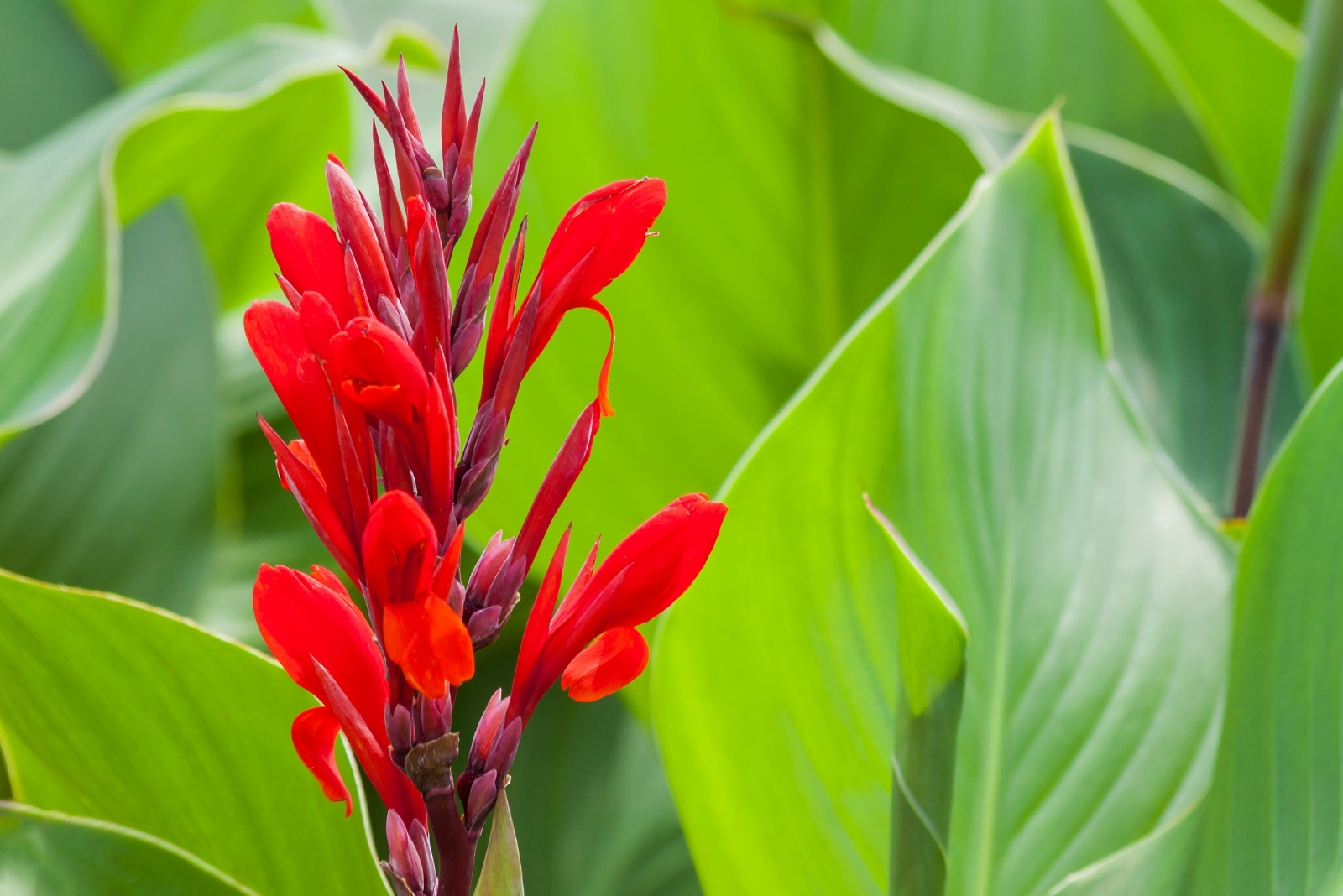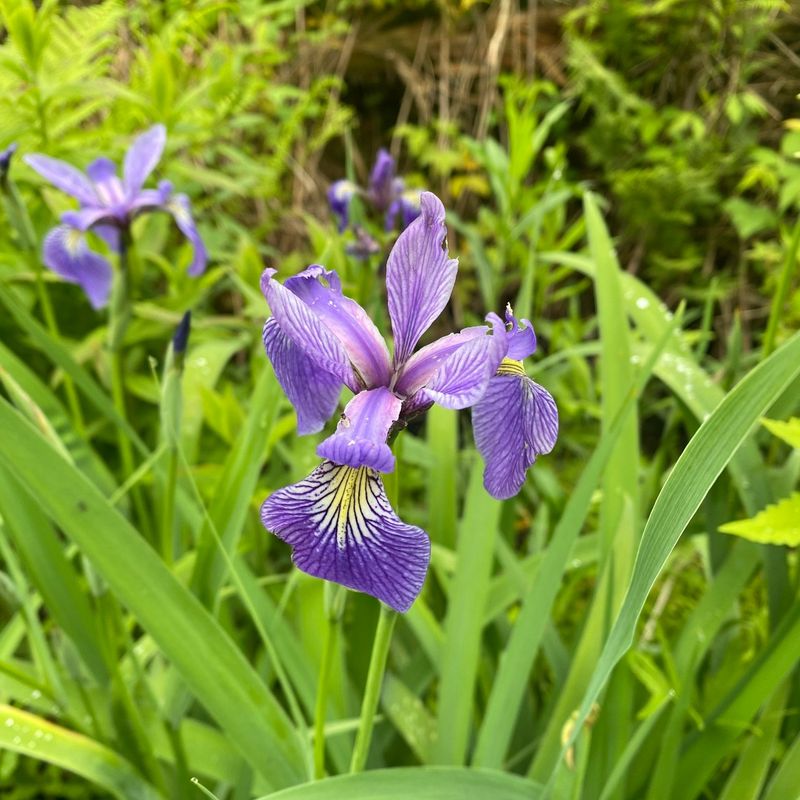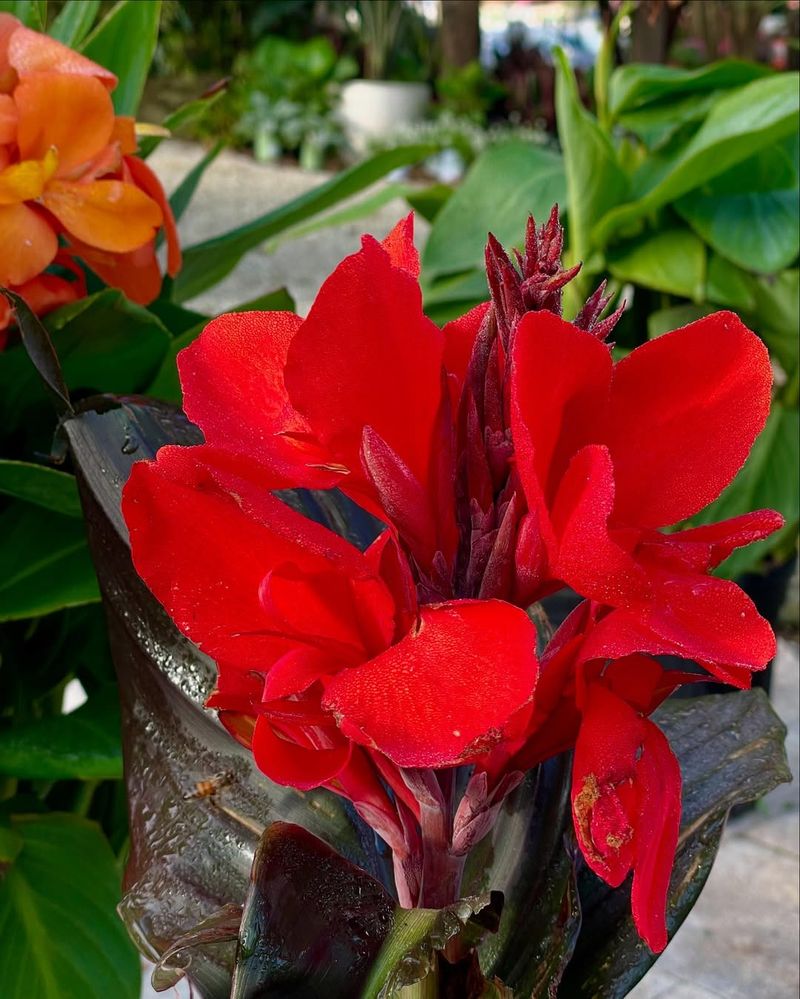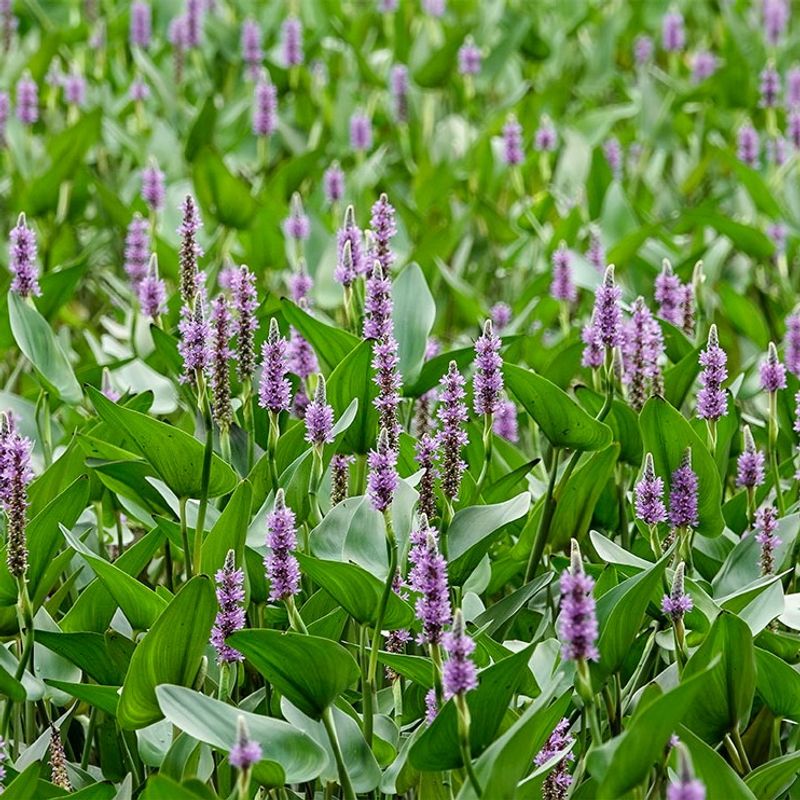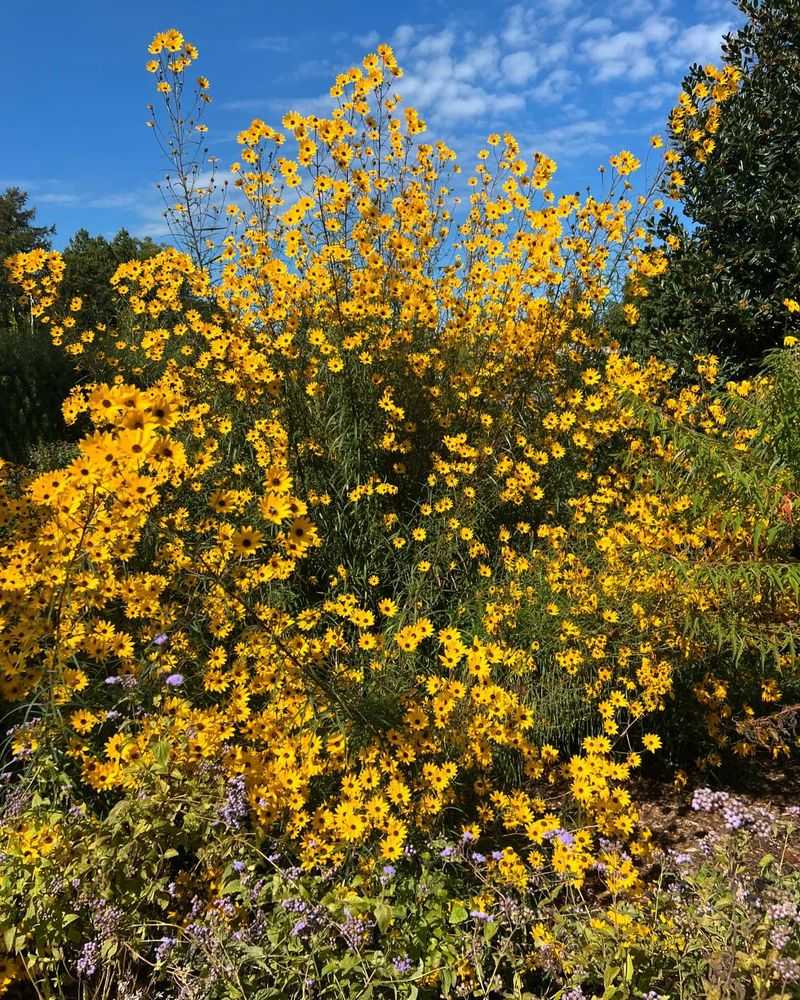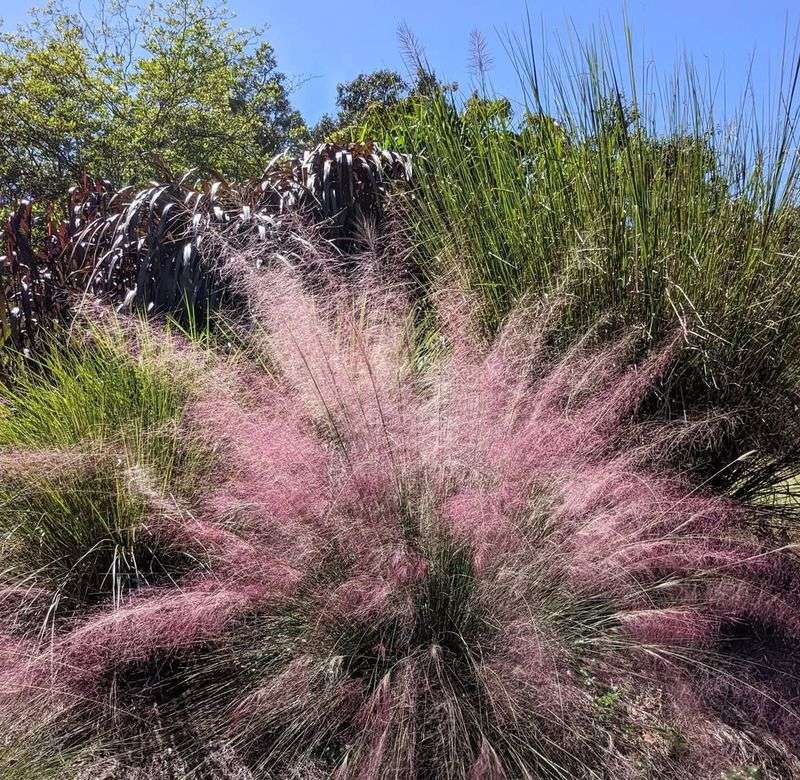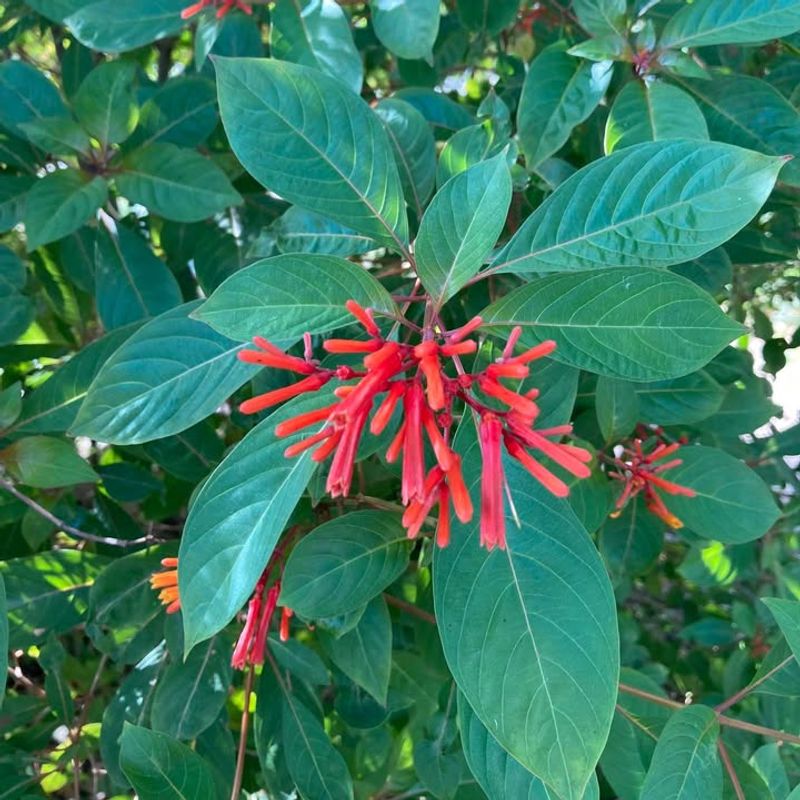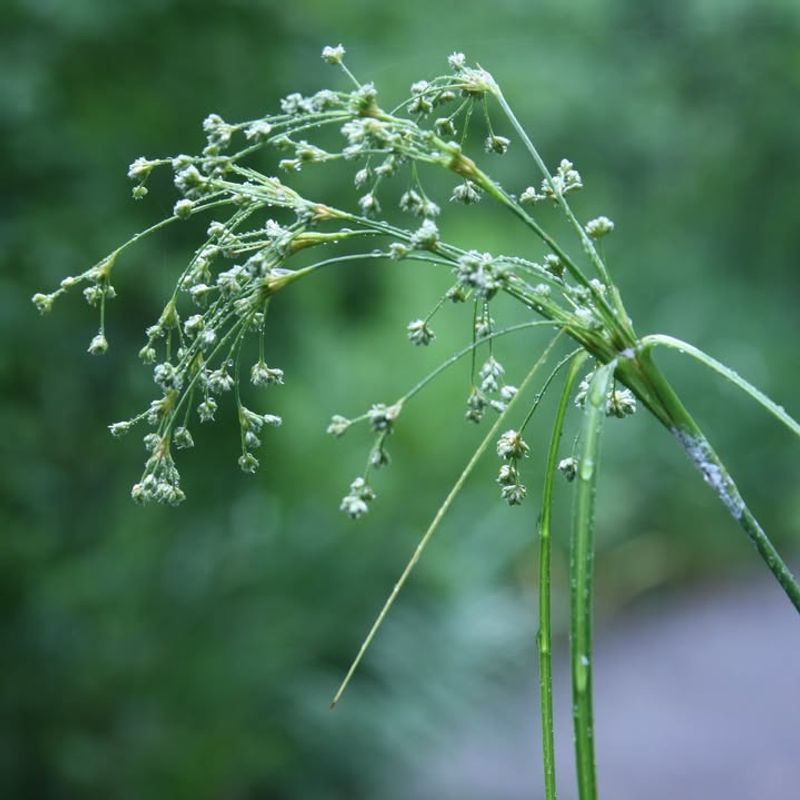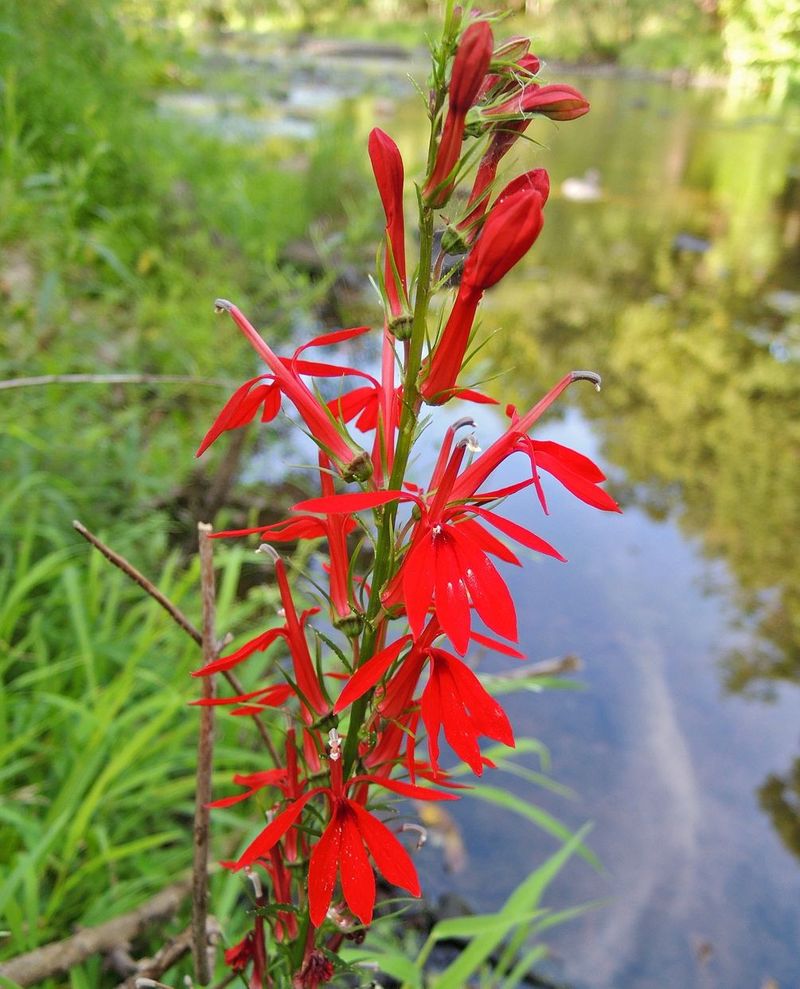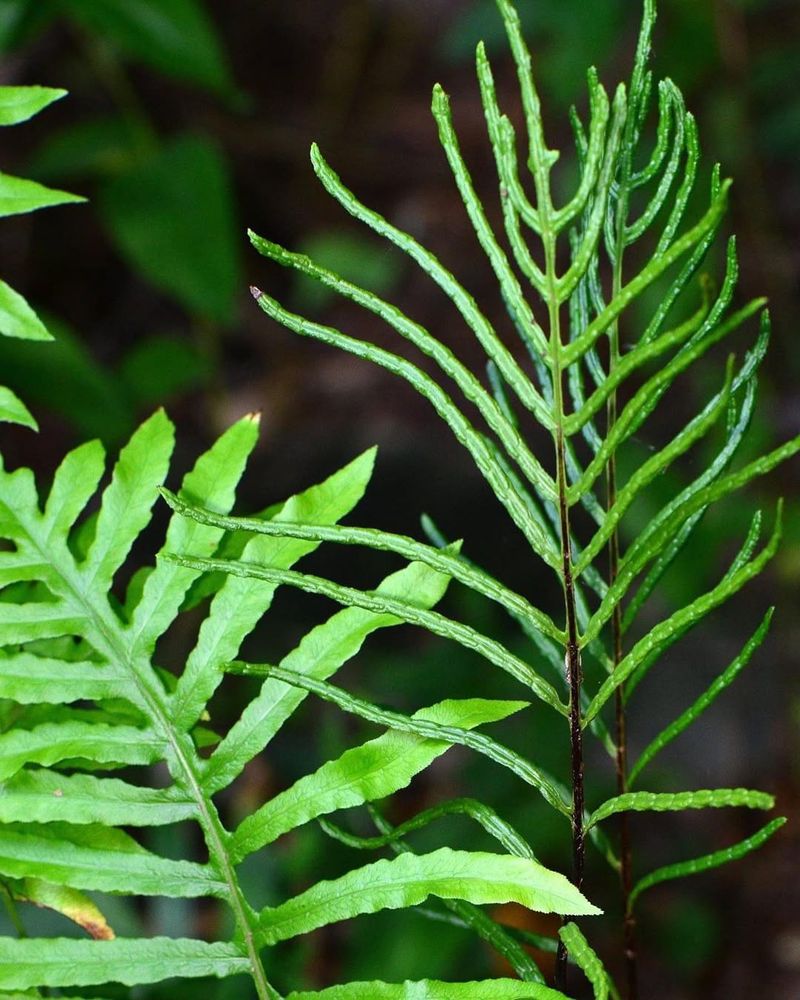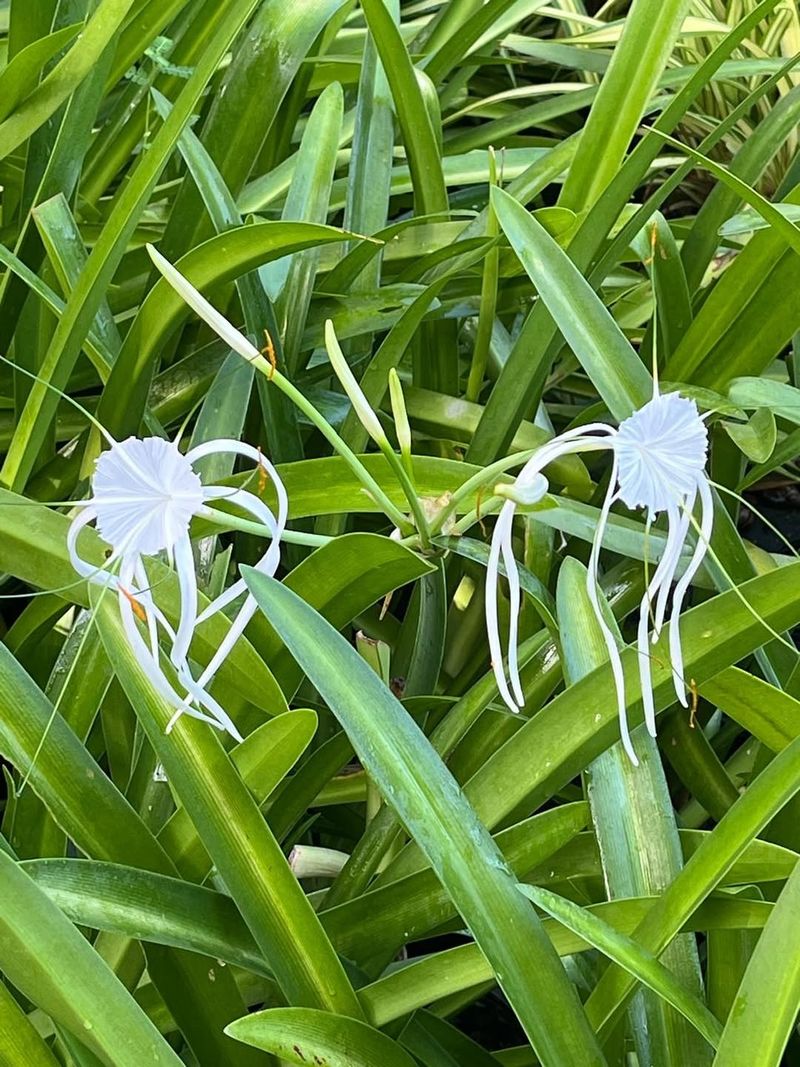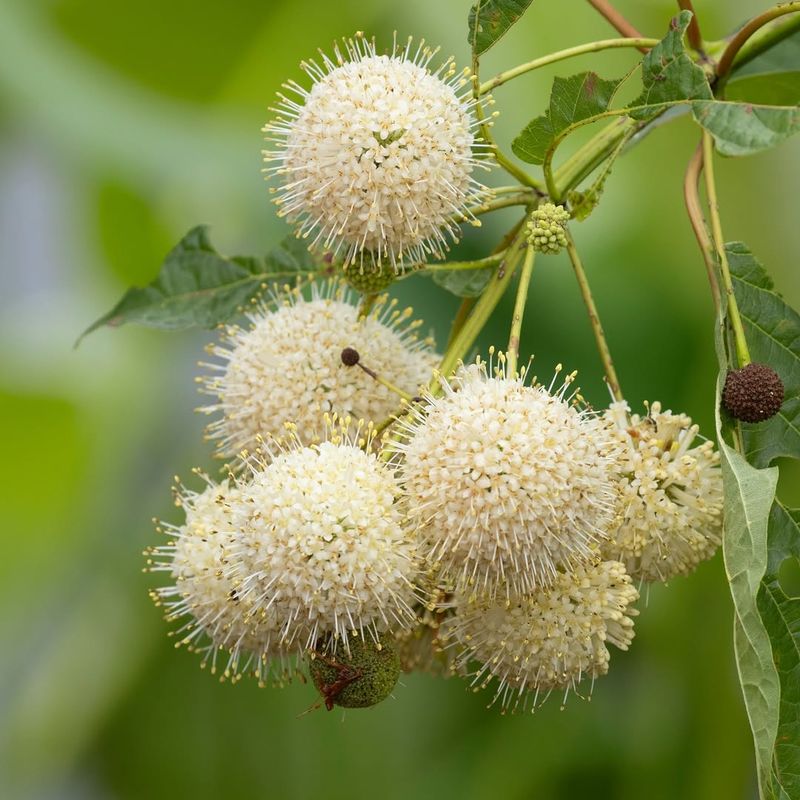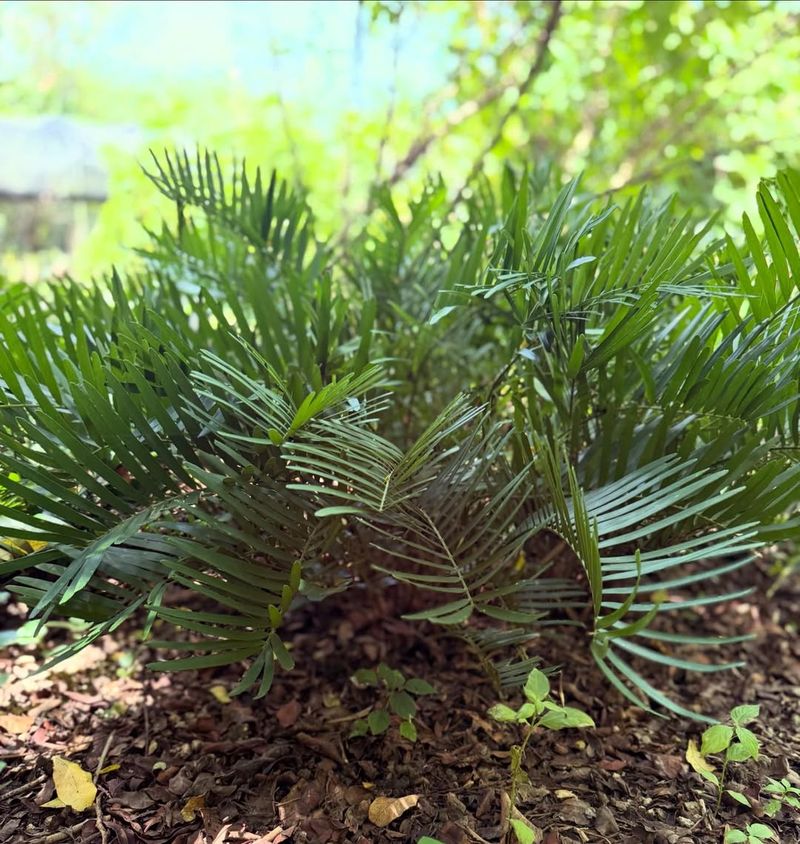Florida’s gardens need plants that handle both beauty and water management. Rain gardens deliver both, with stunning blooms and soil-saving benefits.
Selecting the right mix makes all the difference. These 12 plants are perfect choices for Florida rain gardens.
1. Blue Flag Iris
Stunning purple blooms make this native wildflower a showstopper in any Florida rain garden. Blue Flag Iris thrives in wet soil and can handle standing water for weeks, making it ideal for those low-lying areas.
Its sword-like leaves add vertical interest year-round. Butterflies absolutely love visiting these flowers in spring, and they’re incredibly low-maintenance once established in your landscape.
2. Canna Lily
Tropical vibes meet practical gardening with these bold beauties. Canna Lily brings vibrant reds, oranges, and yellows to Florida landscapes while soaking up excess moisture like a champ.
They grow fast and tall, creating dramatic focal points in just one season. Deer tend to avoid them, which is a bonus for many homeowners dealing with wildlife browsing issues.
3. Pickerelweed
Heart-shaped leaves and cheerful purple spikes define this Florida native aquatic plant. Pickerelweed actually prefers standing water, making it perfect for the wettest sections of your rain garden.
Blooms appear throughout warm months, feeding bees and butterflies constantly. It spreads gradually to fill in bare spots, creating natural-looking edges that blend beautifully with other moisture-loving plants.
4. Swamp Sunflower
Cheerful yellow flowers tower above other plants from summer through fall. Swamp Sunflower can reach six feet tall in Florida’s humid climate, creating a sunny backdrop for shorter companions.
Despite the name, it tolerates both wet and moderately dry conditions once mature. Goldfinches flock to the seed heads in autumn, providing entertainment and natural bird feeding throughout cooler months.
5. Muhly Grass
Feathery pink plumes emerge in fall, transforming Florida landscapes into cotton-candy dreamscapes. Muhly Grass handles wet feet during rainy season but also tolerates drought when things dry out.
This ornamental grass requires almost zero maintenance beyond an annual trim. It works perfectly as a border plant, softening edges while providing texture and movement that changes with every breeze.
6. Firebush
Hummingbirds can’t resist the tubular orange-red blooms that cover this shrub year-round. Firebush adapts beautifully to Florida’s variable moisture levels, thriving in rain gardens without complaint.
It grows quickly into a rounded shape, reaching four to six feet in most landscapes. Butterflies join hummingbirds at the flowers, while birds munch on the small berries that follow blooming periods.
7. Soft Rush
Sleek green cylinders create architectural interest without flowers stealing the show. Soft Rush loves consistently moist soil and actually improves water quality by filtering runoff in Florida rain gardens.
These evergreen rushes stay attractive throughout all seasons. They’re incredibly tough, handling foot traffic better than most wetland plants, and they multiply steadily to fill space naturally over time.
8. Cardinal Flower
Brilliant scarlet spikes seem almost electric against green foliage. Cardinal Flower performs best in Florida’s shadier rain garden spots where moisture lingers longer.
Hummingbirds make repeat visits throughout the summer blooming period. Though short-lived as perennials go, they self-seed readily, ensuring new plants pop up each year without any effort on your part.
9. Swamp Fern
Delicate fronds bring a lush, woodland feel to Florida landscapes that receive shade. Swamp Fern actually prefers wet conditions and will spread to create beautiful groundcover in boggy areas.
Unlike many ferns, this one tolerates Florida’s heat remarkably well. It requires virtually no care once established, simply unfurling new growth each spring and maintaining its fresh appearance through winter.
10. Spider Lily
Exotic white blooms with spidery petals appear suddenly after summer rains. Spider Lily bulbs sit dormant during dry spells but burst into action when Florida’s wet season arrives.
Their sweet fragrance fills evening air, attracting moths and other nighttime pollinators. These bulbs multiply underground, creating larger displays each year with absolutely no fertilizer or special attention required from gardeners.
11. Buttonbush
Quirky white pom-pom flowers look like something from a Dr. Seuss book. Buttonbush actually grows in standing water, making it ideal for Florida’s wettest rain garden zones.
Butterflies, bees, and hummingbirds all visit these unusual blooms throughout summer. The woody shrub provides structure year-round, and ducks appreciate the seeds that develop after flowering finishes each season.
12. Coontie
Ancient cycads bring prehistoric charm to modern Florida gardens. Coontie tolerates both wet and dry periods, adapting seamlessly to rain garden conditions that fluctuate throughout the year.
This slow-growing plant requires almost zero maintenance once established. Atala butterflies depend exclusively on it for their caterpillars, making it essential for anyone interested in supporting native wildlife populations in their landscape.

